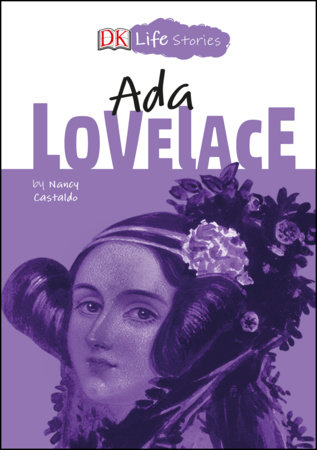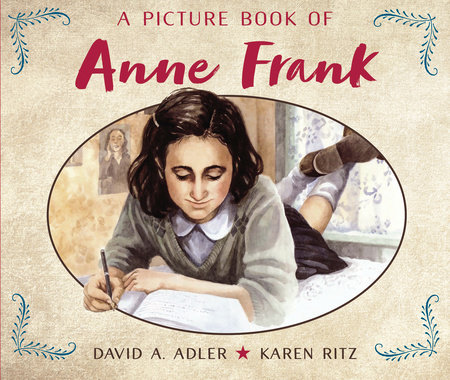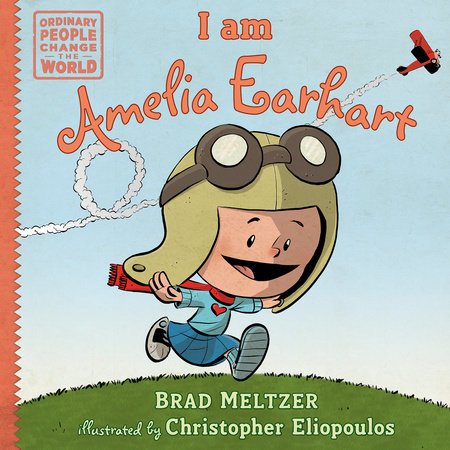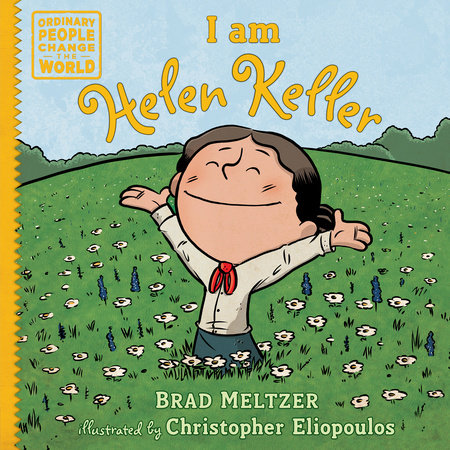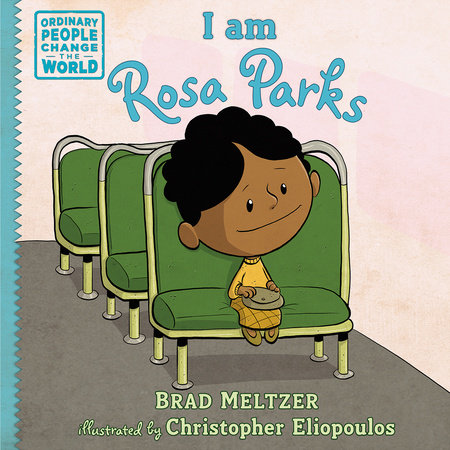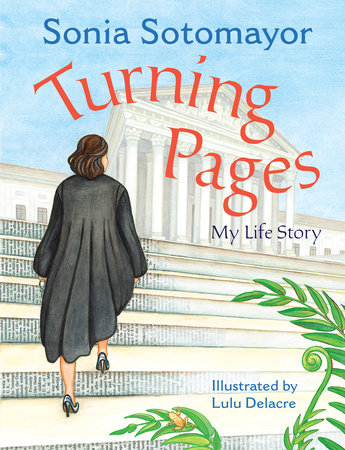Stories & Activities To Celebrate Women’s History Month With Kids
by Melissa Taylor
Help bring Women’s History Month to life by teaching kids about some fantastic women from history and today. For each person of significance, read a picture book and try the related activity ideas. We hope that learning about these role models and connecting with their experiences will inspire your children to break down barriers and face life’s challenges with courage and grit.
-
Misty Copeland
In 2015, Misty Copeland became the first African American woman to be promoted to principal dancer in the 75-year history of American Ballet Theatre. A prodigy from the moment she was introduced to ballet at 13, Misty has inspired countless young dancers the world over.
Books:
Activities:
Watch this interview with Misty Copeland to hear about her coming-of-age in the ballet and see clips from some of her most incredible performances, including the one that inspired Firebird.
Misty is a fierce advocate for diverse representation in all mediums. Observe books, toys, and movies that you read, play with, and watch, and see if all races, ethnicities, and genders are equally represented. Do you notice more of one group than others? What do you think needs to change?
Throw on some leggings or a tutu and choreograph your own ballet performance to your favorite song. Misty would be the first to tell you that ballet isn’t limited to any one type of music, so choose freely!
-
Ada Lovelace
English mathematician Ada Lovelace is widely considered the first-ever computer programmer, dating all the way back to 1842. She described her work as “poetical science” and advocated for imagination and intuition in the fields we now call STEM.
Books:
Activities:
Taking a page from Math Geek Mama’s book, build a tower with conversation hearts or another favorite snack and try out estimating, measuring, and coming up with techniques to build sturdier towers.
Combine Ada’s love for the poetic and scientific by writing a poem about math, science, or computers. Listen to Ada Lovelace Cracks the Code and look for inspiration in the picture books Count on Me and Science Verse.
RELATED: Why We Need Feminist Books for Young Girls — And Boys
-
Sacagawea
Sacagawea was only 16 when she helped the Lewis and Clark Expedition travel thousands of miles from North Dakota to the Pacific Ocean, all while carrying her baby son on her back. Her skills as a translator and knowledge of the land were pivotal to the historic expedition.
Books:
Activities:
Sacagawea was a member of the Lemhi Shoshone. With your parents, visit Native-Land.ca and put in your address to learn about the Native tribes who first lived in your region.
Check out a foreign-language dictionary from your local library and use it to learn the names of different objects in your house. Translate the names of the objects for your parents or siblings.
Using your tools of choice, create a map of your street or neighborhood, noting as well the different types of flora that exist there.
-
Anne Frank
Anne Frank was a courageous and relatable young girl who wrote about her experiences living in hiding during World War II and the Holocaust. Her diary has been translated into fifty-five languages and sold over 24 million copies across the globe.
Books:
Activities:
Begin a diary in which you recount the experiences of your day-to-day life. Anne addressed many of her diary entries to her favorite imaginary friend, Kitty. Do you have an imaginary friend or favorite literary character that you might write to?
Visit the Anne Frank House YouTube channel to watch educational videos about Anne’s life, and learn more about the concepts of discrimination, prejudice, and antisemitism.
Many brave people helped Anne and her family during a time of great opposition and fear. Why is it important to do the right thing, even when we’re scared? How can you help others who might be subjected to prejudice and discrimination?
-
Rachel Carson
Known for her environmentalism and writing, Rachel Carson, a marine biologist, worked tirelessly to help the world learn about the environment as well as the dangers of pesticides.
Books:
Activities:
You’ll need a blank sheet of white paper and a crayon with no paper covering. Use these to make bark rubbings by putting the paper on the tree trunk and rubbing the crayon over the bumpy surface. Talk about your observations of different designs for different trees.
“Adopt” a tree near your house. Watch it throughout the year. Notice how it changes with the seasons. Draw a picture of it every month for a science journal on your special tree. Discuss how Rachel Carson also observed trees.
Take a nature walk. As you walk, observe and collect interesting things such as pine cones, sticks, stones, and so forth. Use these natural items to make a nature collage.
-
Celia Cruz
Beloved by salsa music fans worldwide, Cuban American Celia Cruz was one of the most popular Latina singers of all time and commonly known as the “Queen of Salsa.”
Books:
Activities:
Watch Celia Cruz sing “Contrapunto Musical” and dance along.
Salsa is a style of music and dancing. Listen to more salsa music on Pandora and see which artists you like the best. Don’t forget to dance along!
Make homemade rhythm instruments using recycled containers, beads or beans, wax paper, and rubber bands. Create your own salsa music.
Celia Cruz spoke Spanish. If you don’t know any Spanish, learn some beginning Spanish words. Try Rockalingua and Basho & Friends videos or Gus on the Go and Spanish School Bus apps.
-
Amelia Earhart
One of the first female pilots, Amelia Earhart was also the first woman to pilot across the Atlantic Ocean. Sadly, Earhart and her plane vanished while attempting to fly around the entire world.
Books:
Activities:
Visit an aeronautics museum in your area. See if you can find a plane that looks like one Amelia Earhart flew.
Have a paper airplane contest. What design flies the farthest? Get folding ideas here.
Put together a balsa wood airplane. Go to the park and pretend you’re Amelia Earhart flying across the world.
-
Jane Goodall
Jane Goodall is a primatologist, and one of the world’s leading experts on chimpanzees. At age 26, she moved to Africa where she lived with and observed chimps in the wild. She made significant new discoveries about the chimps’ language, tool-making, and social structure and still works to educate and protect primates.
Books:
Activities:
Visit a zoo. Draw pictures and take photographs of the primates. Take notes on your observations.
Watch Disney Nature’s “Chimpanzee” movie about how chimps use tools like humans.
Pretend play Jane Goodall with your stuffed animals. Add props to make it more realistic such as binoculars, notepad and pencils, and a camera.
Volunteer to help animals at an animal shelter or search for a local community project at Jane Goodall’s Roots and Shoots website.
-
Frida Kahlo
One of the most well-known Mexican artists and activists, Frida Kahlo painted vivid, colorful folk-art styled self-portraits that depicted her personal struggles including her painful health problems.
Books:
Activities:
Use a photograph to inspire your own self-portrait. On a blank sheet of paper, use pencil to sketch your face. Color in with crayon or paint. Then add flowers or other plants around your face.
Color a Frida coloring page here and here.
Visit a Latino art museum.
-
Helen Keller
Helen Keller became blind and deaf as a young child. But with the help of her teacher Annie Sullivan, Keller learned to read, write, and communicate. She attended college and lived a full life that included advocacy work for people with disabilities.
Books:
Activities:
Using the Braille alphabet on the back jacket cover of Annie and Helen, write a word or sentence about Helen Keller using Braille dots.
Blindfold your child and lead them around the house, making sure to give clear directions so they don’t bump into things or fall. Talk about how it felt for them to experience this.
See “The Miracle Worker” play or movie.
Search for an Alabama state quarter to see Helen Keller’s image on it. Start a quarter collection.
-
Rosa Parks
Rosa Parks, an African American woman, made history in Montgomery, Alabama in 1955 when she sat at the front of the bus, the area reserved for white people. Her actions helped spark a city-wide bus boycott and propelled the Civil Rights Movement that called for an end to racial segregation.
Books:
Activities:
Take a bus ride. Sit at the very back and imagine that you’ve been forced to sit there. Then, move to the front. Talk about the emotions you feel and how Rosa Parks might have felt.
Reenact Rosa’s bus ride with LEGOs or dolls. Act out what happened at the beginning, middle, and end of her famous bus ride.
Unscramble a Rosa Parks picture and color it in. Optional: Use bright colors for a pop art look. Download the directions and picture here.
-
Sonia Sotomayor
Sonia Sotomayor became the first Latina Supreme Court Justice in 2009. She is the daughter of Puerto Rican immigrants who moved to New York City where Sotomayor was born and raised.
Books:
Activities:
Pretend play with family or friends (or LEGO people) a democratic judicial system. One person gets to be the judge, two people get to be lawyers, and other people can be the people participating in a trial. Lawyers present their arguments to the judge. Topic ideas: speeding ticket, jaywalking, or theft.
Make a “Family Rules” sign for your house. Have everyone contribute to the list of rules then sign at the bottom. Discuss if you have more of a democracy or a monarchy in your family. Who decides what’s fair?
Discuss the difference between fair and equal. Use the example of different age children having different bedtimes.
-
Malala Yousafzai
Malala Yousafzai spoke out against the Taliban’s rule that girls should not go to school, continuing to attend under threat of violence. Even after the Taliban shot her, Malala persisted in her strong beliefs about education and became the youngest person awarded the Nobel Peace Prize.
Books:
Activities:
Use fancy lettering and bright colors to create a poster of one of Malala’s famous quotes. Discuss what the quote means.
Malala grew up in Pakistan. Visit a Pakistani restaurant or make a Pakistani food dish.
Make a thank you card or drawing for a teacher to show gratitude that you and all children in this country can attend school.
-
Ashima Shiraishi
Ashima Shiraishi is recognized as one of the most accomplished rock climbers of all time. She has successfully climbed two V15 boulder problems, a difficulty rating that no other woman has ever completed. At just 15, she was also the youngest person, male or female, to accomplish this remarkable achievement.
Books:
Activities:
Watch this inspiring TEDxTeen Talk by Ashima Shiraishi. Like every other teenager, she likes cake and dislikes homework, but she sees everything as a problem she has to solve. She encourages everyone to see themselves as rock climbers facing their own V14 problems and learning to climb through them.
Visit an indoor rock climbing gym and try to reach the top of the wall. Reflect on the many problems to solve and decisions to make as you make your way to the top. Think about any mistakes you made in your climb and how you learned from them.
An exemplar of a growth mindset, Shiraishi shows how to rise to great heights. Work through the extension activities in this Growth Mindset Guide aligned with How to Solve a Problem to help develop a strong growth mindset.



